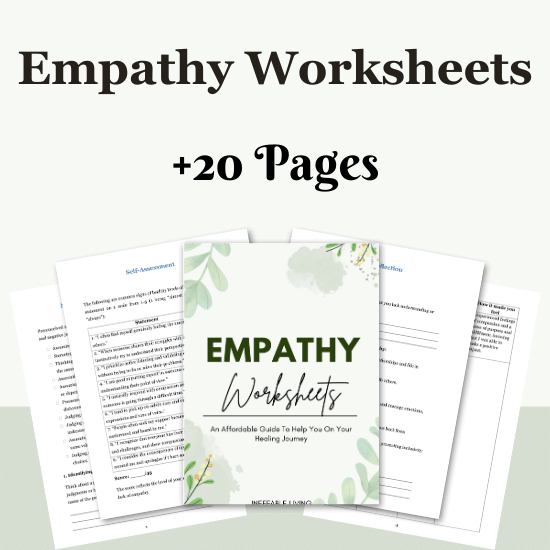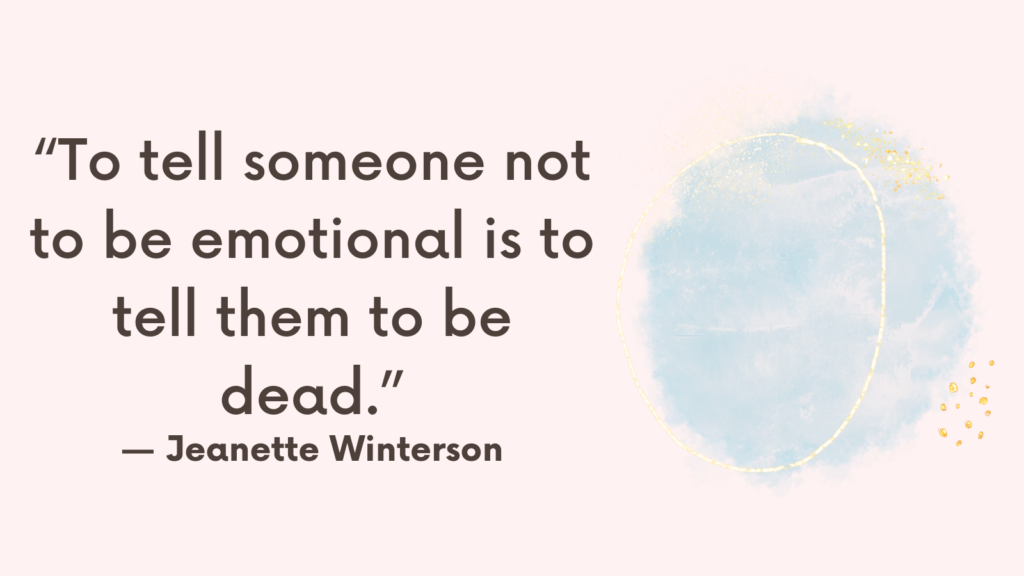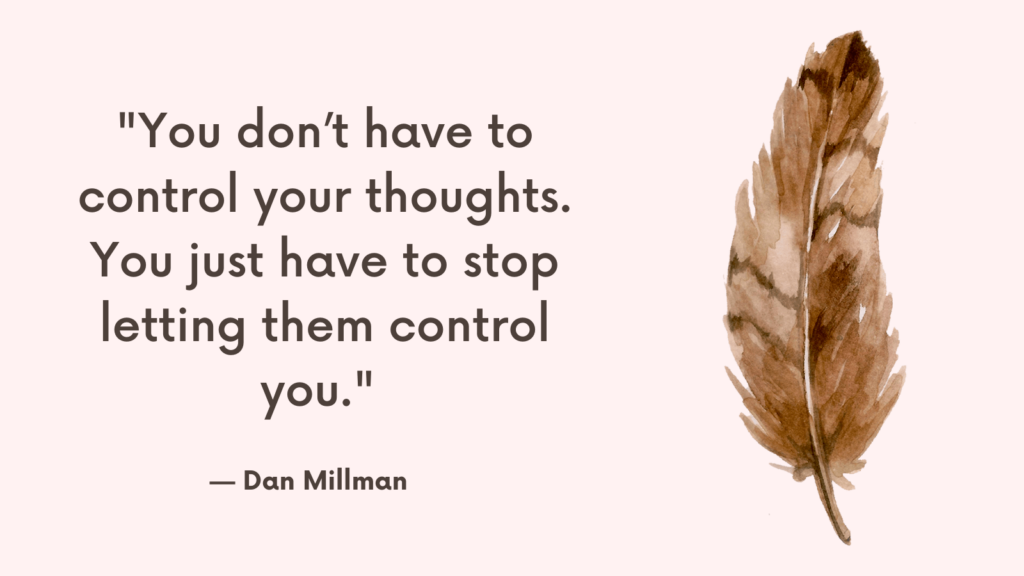In the realm of self-improvement and mental health, the concept of positivity is often celebrated as a virtue.
However, when positivity becomes excessive or forced, it can turn into what is known as “toxic positivity.”
This blog post will explore the fine line between healthy affirmations and toxic positivity, the negative impacts of suppressing emotions, and practical approaches to fostering genuine emotional well-being.
Understanding Toxic Positivity
Toxic positivity refers to the dismissal or invalidation of negative emotions by overemphasizing positive thinking.
While positive affirmations can be beneficial, excessive positivity can lead to harmful outcomes.
An emotionally healthy state involves the ability to experience and express a full spectrum of emotions—from joy to sadness, anger to fear.
Suppressing negative emotions not only hampers emotional authenticity but can also lead to deeper psychological issues.
Signs of Toxic Positivity
1. Avoidance of Negative Emotions: Avoiding discussions or thoughts about uncomfortable feelings.
2. Guilt Over Negative Emotions: Feeling ashamed or guilty when experiencing emotions such as anger or sadness.
3. Minimizing Adversity: Acknowledging only the positive aspects of challenging situations while ignoring the negatives.
4. Admiring Overly Positive Individuals: Aspiring to be like those who seemingly never express negative emotions.
Related: Top 23 Toxic Positivity Quotes (+FREE Validating Statements Worksheet)
The Impact of Toxic Positivity
Toxic positivity can have several damaging effects, both on oneself and on relationships with others.
Invalidating someone’s feelings can strain relationships, making others feel misunderstood and unsupported.
For individuals, constantly suppressing negative emotions can lead to anxiety, depression, and a general sense of inadequacy.
Common Phrases Indicative of Toxic Positivity
- “Just stay positive!”
- “Good vibes only!”
- “It could be worse.”
- “Don’t worry, be happy.”
- “Look on the bright side.”
- “Everything happens for a reason.”
- “Just think happy thoughts.”
- “Happiness is a choice.”
- “Stop being so negative.”
- “It’s not that bad.”
- “You’ll get over it.”
- “Everything will work out in the end.”
- “Just smile through it.”
- “You should be grateful for what you have.”
- “It’s all part of the plan.”
- “Others have it worse than you.”
- “Don’t let it get to you.”
- “You’re too blessed to be stressed.”
- “Just be happy it’s not worse.”
- “You attract what you are.”
- “It’s all in your head.”
- “Don’t be such a downer.”
- “Don’t think about it.”
- “Just let it go.”
- “Cheer up, it’s not the end of the world.”
- “Don’t dwell on the negative.”
- “Think about how lucky you are.”
- “There’s always a silver lining.”
- “It’s not worth getting upset over.”
Healthy Alternatives to Toxic Positivity
Instead of using toxic positivity phrases, try more validating and supportive responses:
- “I understand you’re going through a tough time.”
- “It’s okay to feel this way.”
- “I’m here for you, no matter what.”
- “How can I support you right now?”
- “It’s okay to not be okay.”
- “I’m sorry you’re experiencing this.”
- “Take all the time you need to heal.”
- “It’s understandable to feel upset.”
- “What you’re feeling is normal.”
Related: How To Validate Someone’s Feelings Without Agreeing? (+Examples of Validating Statements)
Breaking the Cycle of Toxic Positivity
To overcome the tendency to engage in toxic positivity, consider these two approaches:
1. Practicing Self-Compassion and Acceptance
Affective Labeling
Affective labeling involves naming the emotions you are experiencing.
Research shows that identifying and naming your emotions can reduce their intensity and make them feel more manageable. (source)
Embracing Resilience
Resilience is about adapting and persevering despite adversity.
It involves accepting negative emotions as part of the human experience and working through them rather than pretending they don’t exist.
Remember, it’s possible to experience both positive and negative emotions simultaneously.
Related: Best 10 Books On Validation
2. Showing Empathy and Validation to Others
Empathy and Support
When interacting with others, focus on listening and validating their feelings rather than offering unwarranted positivity.
Statements like “I’m sorry you’re going through this” or “That sounds really difficult” show empathy and understanding.
Offering Presence Over Solutions
Sometimes, simply being present and listening without trying to fix the problem is the most supportive action.
If a friend is always negative, your role is to empathize rather than to act as their therapist.
Related: Affirm vs Validate (+FREE Worksheet)

Conclusion
Toxic positivity undermines the importance of authentic emotional expression.
By embracing both positive and negative emotions, practicing self-compassion, and showing empathy towards others, we can foster a healthier and more balanced emotional state.
Authenticity in emotional expression not only improves our mental health but also strengthens our relationships with others.



